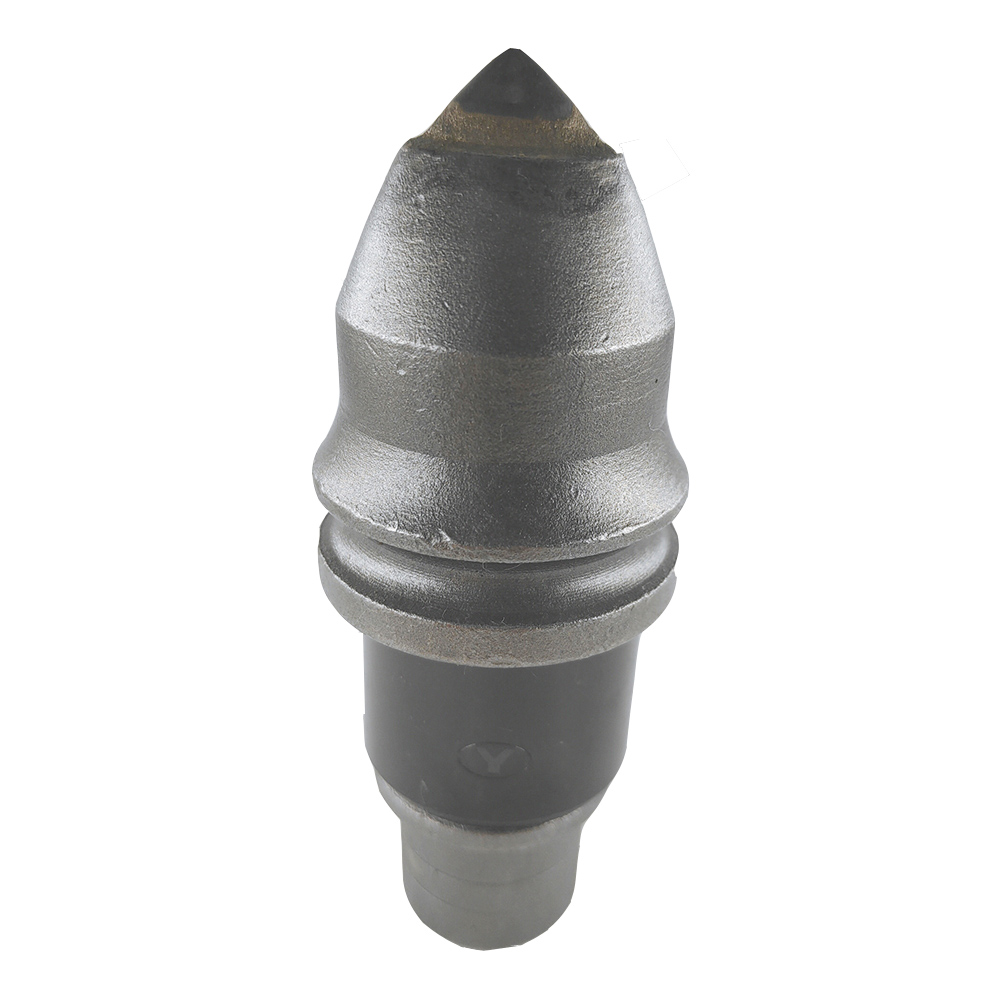Core Materials in Bullet Teeth: How Advanced Composites Enhance Longevity
Aramid Fibers (Kevlar, Twaron): Strengths and Limitations in Real-World Use
Materials such as Kevlar and Twaron belong to the aramid fiber family and find common application in bullet resistant gear because they possess exceptional tensile strength around 3,620 MPa. These fibers work so well against bullets because they can soak up and spread out the force from impacts. What makes them effective is actually their unique layered molecular arrangement which bends and stretches when hit by ballistic forces, effectively slowing down and redirecting incoming projectiles. There's one catch though. When left exposed to sunlight for extended periods or subjected to damp conditions, these materials start breaking down gradually. The structural properties weaken and protection capabilities diminish especially noticeable after months of service in places where humidity levels remain high or equipment gets regular outdoor exposure.
Design Engineering of Bullet Teeth: Layered Structures and Structural Integrity
Layered vs. Monolithic Designs: Effectiveness in Energy Dissipation
Bullet teeth designs with layers work way better than solid construction options because they can absorb about 40-45% more energy when something hits them. When makers put together stuff like ultra high molecular weight polyethylene along with ceramic materials in different stages, what happens is pretty interesting. The projectile gets forced through several steps where it deforms each time, which slows things down quite a bit. Stress spreads out over various points instead of just one spot. This kind of step-by-step energy taking makes failures much less likely. Regular armor made from only one material tends to fail suddenly since all the force lands right there where it first touches. That's why layered approaches are becoming so popular among those who need protection against impacts.
Key Design Factors Influencing Impact Resistance and Long-Term Reliability
Four critical engineering parameters govern the durability and performance of bullet teeth:
- Interlayer Bonding Strength: Advanced adhesives capable of withstanding >6 GPa shear stress ensure layers remain intact under extreme loading.
- Material Thickness Ratios: A balanced UHMWPE-to-ceramic ratio (typically 3:1) optimizes flexibility and hardness for effective threat mitigation.
- Fiber Alignment: Strategically angle-layered composites help redirect impact energy laterally, enhancing resistance to penetration.
- Edge Sealing: Durable, moisture-resistant coatings preserve structural performance through 500+ thermal cycles, preventing delamination and environmental degradation.
Nature-Inspired Innovations in Lightweight and Durable Armor Architecture
Nature inspired designs have really changed how we think about armor development. Take for instance those nacre-like structures that look like bricks held together with mortar. Tests show these actually boost resistance to cracking by around 78 percent when compared to regular layered materials. Another interesting find comes from 3D printing techniques where researchers copied the hexagonal patterns found on certain beetles' shells. These honeycomb shapes cut down on overall weight by approximately 22% but still meet strict NIJ Level IV standards for bulletproof gear. What makes these nature based approaches so valuable is their ability to deliver exceptional strength relative to their weight. This means soldiers and law enforcement personnel get better protection systems that are both lighter on the body and tougher against impacts, all while maintaining the same level of safety as traditional options.
FAQ Section
What are Aramid fibers, and why are they used in bullet teeth?
Aramid fibers such as Kevlar and Twaron are known for their exceptional tensile strength and are used in bullet teeth due to their ability to absorb and dissipate energy effectively from impacts.
How do layered designs in bullet teeth improve energy absorption?
Layered designs in bullet teeth distribute stress over multiple points, enabling them to absorb 40-45% more energy compared to monolithic designs, making them more effective in handling impacts.
What are the benefits of using nature-inspired designs in armor?
Nature-inspired designs like nacre-like structures and honeycomb patterns offer improved strength relative to weight, enhancing durability against impacts while ensuring protection standards akin to traditional armor.


